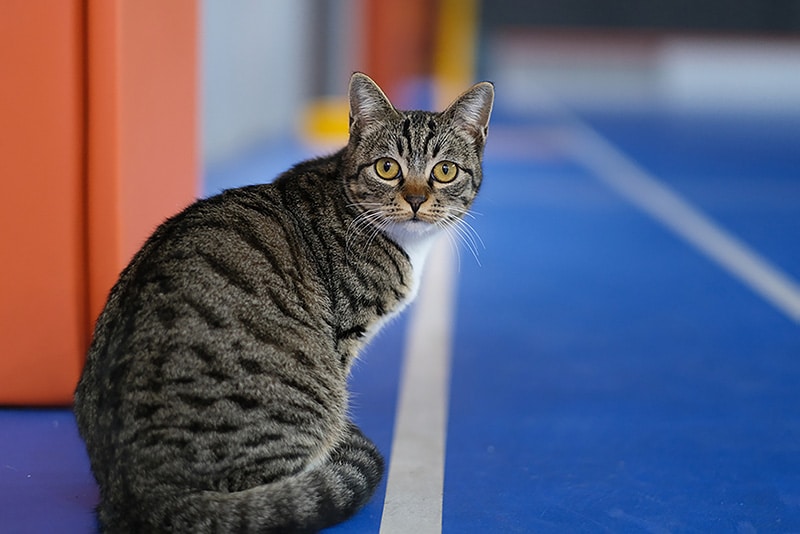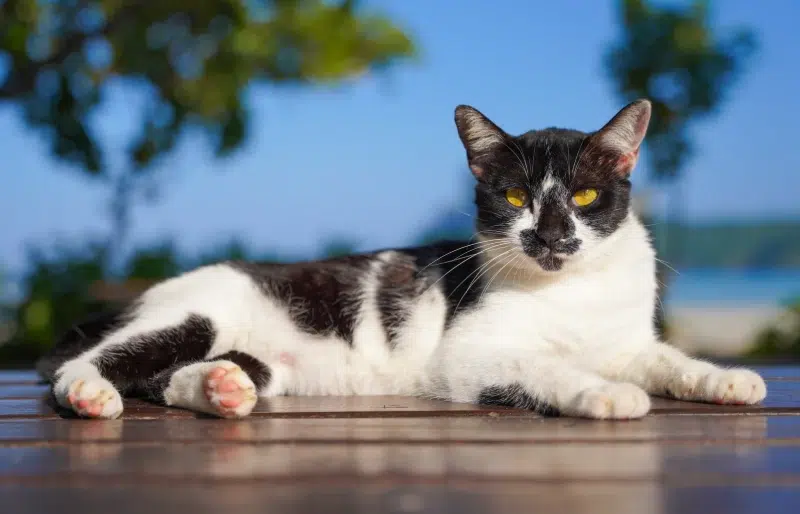Click Below to Skip Ahead
Have you heard of the Chinese Dragon Li cat before? There’s a chance that information about this cat has become apparent to you. This is an extremely rare breed to find outside of its native home of China. It is rumored that these cats domesticated themselves over a long period, descending from the Chinese Mountain cat—but nothing definitive.
This skilled hunter is extremely keen and smart; they are agile cats that are more than capable of taking care of themselves. So, if you’re looking for independence, the Dragon Li is certainly among the feline breeds with this personality type.
Breed Overview
Height:
10–14 inches
Weight:
10–15 pounds
Lifespan:
12–15 years
Colors:
Tabby, brown, black, gold
Suitable for:
Most families with active lifestyles
Temperament:
Outgoing, active, affectionate
Chances are, you will never personally meet a Dragon Li if you live outside of China. But that doesn’t mean you can’t admire this beautiful kitty. These cats make incredibly loyal and devoted companion animals, and will certainly keep mice and other pests away from your homestead.
Dragon Li Characteristics
Dragon Li Kittens
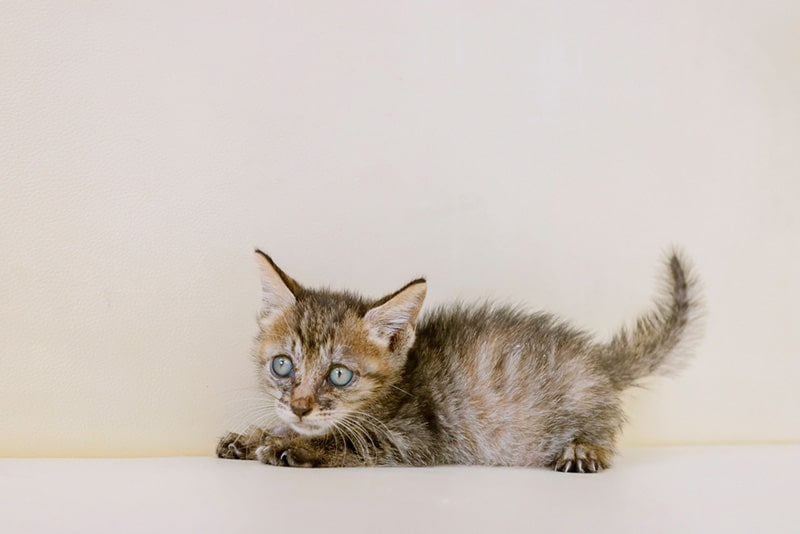
It would be very unusual to see the Dragon Li outside of their native homeland of China. These cats are locals to the nation, and one of the proud cat breeds that originated here. If you live anywhere outside of China, chances are you won’t find this breed of cat for sale.
However, if you’re a cat lover, learning more about this amazing cat breed can show you what the world has to offer. Felines are so unique despite their origin or popularity. The Dragon Li is no exception. Also, these cats seem to be catching the eye of cat fanciers’ associations, so we might see more of them in the future!
As kittens, this breed is very active, playful, and interested in their surroundings. They will love exploring, pouncing, hunting, and practicing their skills with other pets and people alike. They will certainly bring livelihood and excitement into the home—never a dull moment!
One downside, however, is that they might be slightly destructive in their teen days. So, be prepared to nip bad habits in the bud as soon as they arise.
Temperament & Intelligence of the Dragon Li
The Dragon Li cat is a very intelligent breed. They have keen awareness and can learn even pretty intense concepts. You can easily teach your cat to walk on a leash, perform tricks, and any other action that strikes your fancy.
When it comes to litter training, cats are all naturally equipped for the task. By nature, cats cover up their poop and pee to throw off predators. It also helps to keep prey unaware of their presence. So, we cat parents get very lucky that many cats already know how to use a litter box.
It likely takes off from there. Initially, you might need to restrict them from going to certain areas of the home until they get the hang of it. A little kitten lost in a big house is liable to have an accident if they can’t find a good place to go.
The Dragon Li cat certainly has an extraordinary personality. They are incredibly playful, affectionate, and active. You will undoubtedly realize you are always kept on your toes with this kitty around.
They are extremely entertaining and absolutely require entertainment to be given to them. If they get bored, they might develop destructive tendencies, which can be hard to manage for some families.
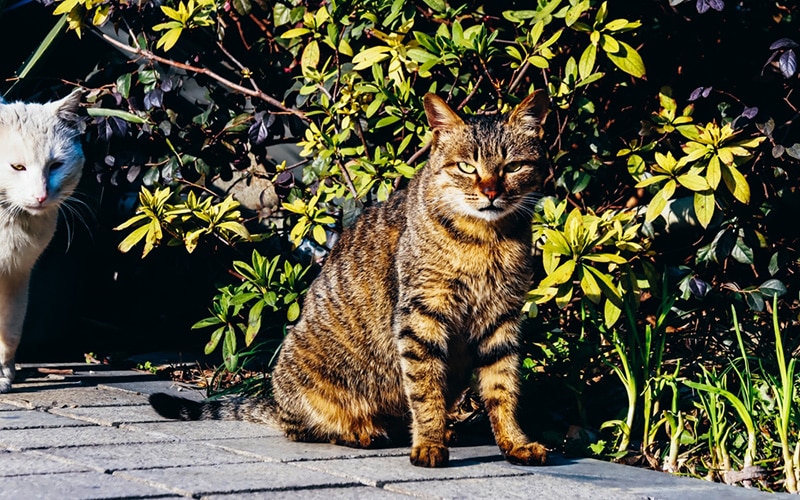
Are These Cats Good for Families? 👪
The Dragon Li is a notable family member in China. These animals are often brought into homes as companions. They tend to integrate very well, making amazing playmates and pals for people of all ages.
However, if you are a person with an extremely sedentary lifestyle or you don’t like a lot of activity in the home, this breed might not be the best for you. They tend to really explore the space.
Even though the Dragon Li absolutely loves to pounce and play, they equally love being gentle and affectionate with their favorite people. These cats are often stranger-friendly as well, not afraid at all to welcome a newcomer into the home.
Does This Breed Get Along with Other Pets?
The Dragon Li can get along amazingly well with other animals. If you have a canine or another feline in the home, they will likely be best buddies in no time. However, you have to understand that this is a predatory animal.
They will never integrate with smaller pets, like guinea pigs, hamsters, snakes, birds, or other caged animals. So, if you have them, it’s best to keep them safely tucked away without access to the outside.
It would help if you only played with your cage animals in controlled settings with your cat outside of the room. Even if a cat seems trustworthy, its predatory instincts can and will kick in, and no one wants to be at risk!
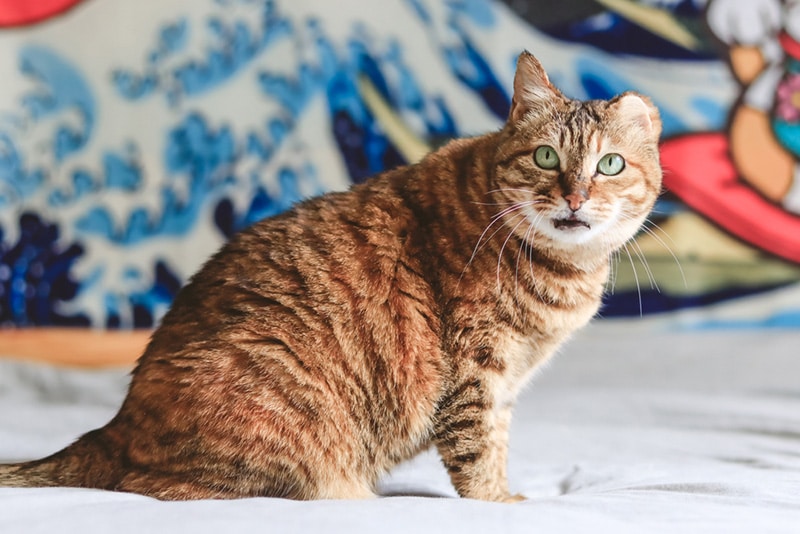
Things to Know When Owning a Dragon Li
Food & Diet Requirements 🐡
All cats are obligate carnivores. The Dragon Li is no exception. These cats will require a protein dense, nutrient-rich recipe to keep up with their growing bodies as kittens. Buying according to life stage is incredibly important for proper growth and development.
As your cat enters their adult ears, you will need to get them a high-quality formula that is impeccable for daily maintenance. You might find that over time, you must adjust or change your cat’s diet based on their health conditions or weight.
Dry kibble and wet canned food are still viable options for most parents. However, more people are gravitating toward fresh cat foods that seem more species-specific. These foods contain fewer preservatives and other harsh chemicals that might negatively impact your cat’s health.
However, subscription-based services are a little more expensive and are not in the budget for every family. Ultimately, it is up to you and your veterinarian to develop a diet plan that suits your cat best.
Exercise 🐈
Your cat will need plenty to keep it busy. You won’t have to do much convincing for this particular breed regarding exercise. Simply provide them with the right tools, and they can entertain themselves quite well.
Your Dragon Li might prefer another cat pal to romp around with. If they are the only cat in the home, make sure to get them a variety of toys so they are not bored. If you leave them home alone all day, they might become destructive and need appropriate outlets.
On average, they should have a total of 30 minutes of high-intensity exercise per day. If you find that your cat is slacking off a little bit due to age or other factors, find ways to make exercise exciting.
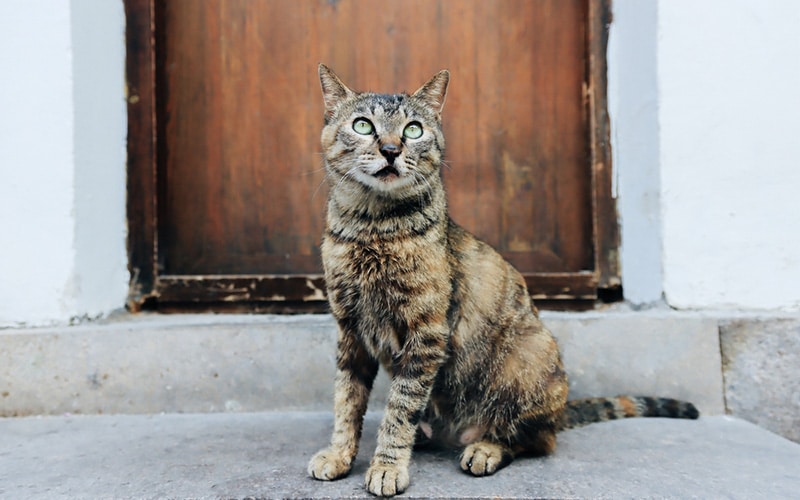
Training 🧶
You can easily teach the Dragon Li to perform various tasks, permitting you convince them to sit through training sessions. They will amaze you with your keen intelligence and fiery but sweet personality.
Litter box training should come with minimal effort since this is pretty instinctual for any cat. Regardless of breed, you can introduce your kittens slowly and allow them to adapt over time. Because kittens are tiny and can easily get lost in a new home, you should always keep your kitten in a controlled space.
Grooming ✂️
Grooming the Dragon Li should be a breeze. These cats are at the groomers and take care of most of the hard work themselves. However, they might need help from their human counterparts sometimes. This is especially true if they are an outdoor/indoor cat.
You should only bathe your Dragon Li once every 4 to 6 weeks at most. Many will find that they often don’t even need to bathe them this often. If you have a messy cat, you might have to wipe off their paws or spot-clean them as needed, but no other real maintenance is required.
Cats are naturally hesitant about water, so remember that if you bathe your Dragon Li, you should always acclimate them to baths as early as possible. The older they get, the harder it will be to convince them they need advice. This can result in extreme stress for the animal and injury for you.
Brushing your cat daily will help collect the shed as these cats lose their fur year-round. Your cat will likely enjoy the attention, and you can prevent your fabrics and carpets from getting shed all over.
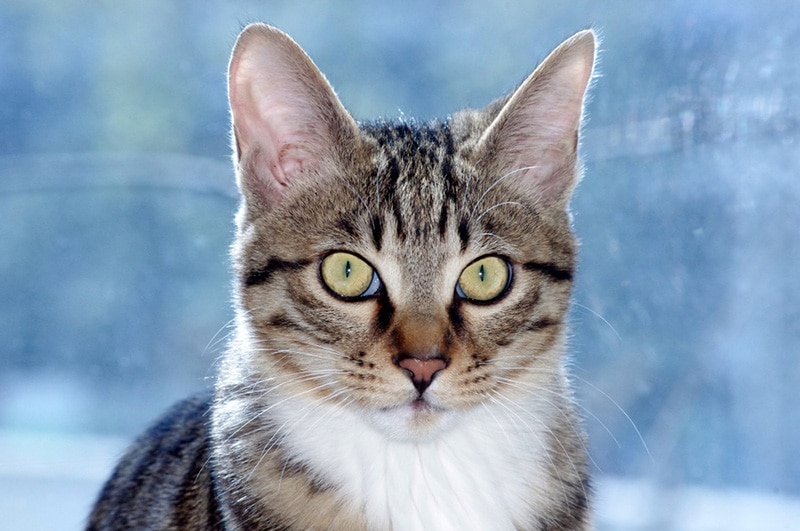
Health and Conditions 🏥
The Dragon Li is a notoriously healthy breed with very few concerns. However, as with any genetic combination, there are certain issues that crop up in this breed more than others. These are pretty standard and can affect most felines.
A good way to prevent illness is to get ahead of it. Vet visits are extremely important, and you should always keep up with routine vet care. During their first year, they will have multiple visits for general wellness, growth, monitoring, parasites, prevention, and vaccinations.
When they reach roughly the 4- to 6-month mark, consider bringing them in to be spayed or neutered and potentially microchipped. Keeping up with annual vet care is important to get your cat appropriate booster vaccines and check their general health.
- Obesity
- Ringworm
- Hip dysplasia
Male vs Female
Every cat will be completely unique with their own special personality. While sex doesn’t often reveal exactly what you need to know about cat personality, there are a few stereotypes to mention that we think are true, more often than not.
First, males are almost always larger than their female counterparts. They have blockier heads and stockier bodies, whereas the females tend to be a little slenderer and more petite. Apart from their physical appearance, they also act very differently when they hit sexual maturity.
Females often enter heat cycles, which can be a very big change of pace for cat owners. They tend to get excessively affectionate, highly vocal, and sometimes downright annoying! Males might become more aloof and on the hunt for a minute.
They might start marking in the home to mark their territory or attract a female. However, a less-known fact is that females also have this capability. So, if you’ve noticed that your girl is urinating outside of the litter box during heat cycles, it’s completely normal, and is usually resolved by getting them fixed.
Regarding personality, boys tend to be a little more social and lackadaisical, whereas girls are a bit softer and a little more shy. Of course, these traits don’t go across the board, and they can work for either males or females. It would help to always choose a kitten based on connection, not sex.
3 Little-Known Facts About the Dragon Li
1. It is rumored that these cats came from wild cats and domesticated themselves, not relying on humans.
2. The Dragon Li may be an old breed, but they are gaining new recognition from cat fanciers across the globe.
3. The Dragon Li is a natural cat breed—not created through breeding or mutation.
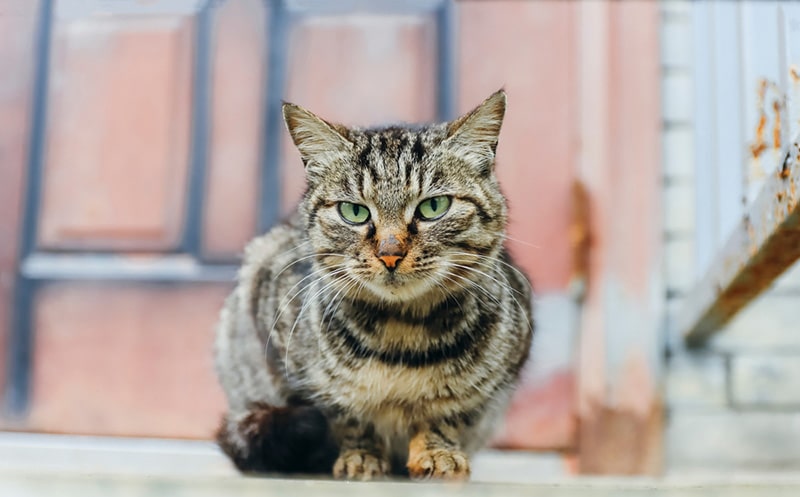
Final Thoughts
Now that you’ve gotten to know the Dragon Li cat a little more, what was your favorite thing that you learned? Remember, if you’re anywhere outside of China, it’s going to be very complicated, if not impossible, to find this breed.
However, learning about the individual cat breeds and what they bring to the table is extremely cool. If you go on vacation one day, you can run into a Dragon Li to admire. Or maybe, just maybe, they will grow in popularity and be available in the future. These cats are extraordinary, and China is very proud to call them their own.
See also:
- My Cat Ate Ibuprofen: Is it Dangerous & What to Do? (Vet Answer)
- Abyssinian Maine Coon Mix: Pictures, Facts, Care & More
Featured Image Credit: Robert Way, Shutterstock

